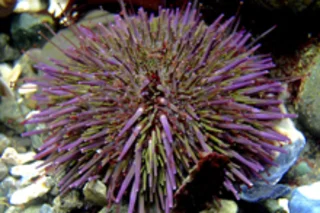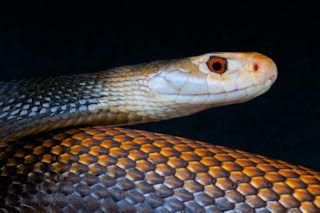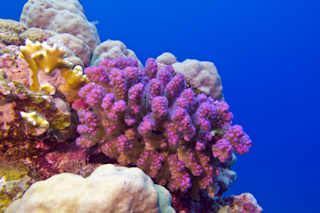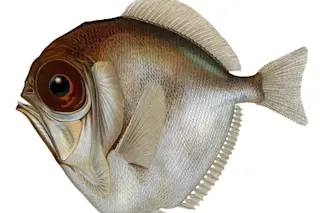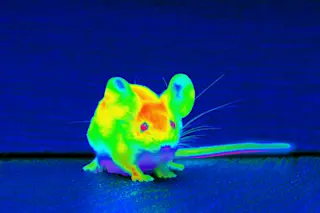Oh, you. You think you’re pretty fancy, don’t you, with your matching pair of eyeballs, your precious optic nerve, your oh-so-sophisticated visual cortex. You think you’re so evolved. The sea urchins are not impressed. Though the round, spiny marine creatures have no actual visual organs, they do have light-sensitive proteins that help them “see” well enough to move around, find shelter and avoid predators (well, at least the slow ones). Biologists now think that a sea urchin’s entire body functions as one big compound eye, where photosensitive tissue inside the exoskeleton picks up light that’s filtered by the radiating spines. And the denser an urchin’s spines, the sharper its perception of its surroundings, a new study suggests. So who’s fancy now? Sönke Johnsen and his team at Duke University in Durham, N.C., tested the visual responses of Strongylocentrotus purpuratus, a large, purple Pacific urchin with an especially ...
Eyeless Urchins "See" the Sea With Their Spines
Discover the surprising sea urchins' visual perception and how they navigate using light-sensitive proteins, despite lacking traditional eyes.
More on Discover
Stay Curious
SubscribeTo The Magazine
Save up to 40% off the cover price when you subscribe to Discover magazine.
Subscribe

